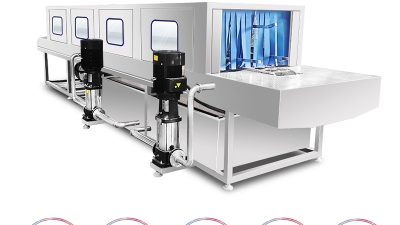Common Issues Faced with Plastic Basket Washing Machines
Table of Contents
- Common Problems Encountered with Plastic Basket Washing Machines
- Understanding Plastic Basket Durability: Key Performance Metrics
- Water Consumption Rates in Plastic Basket Washing Machines
- Energy Efficiency Standards for Plastic Basket Washers Explained
- Maintenance Issues: Common Repairs and Their Costs
- User Feedback Trends: Satisfaction Levels and Complaints Analysis
- Revolutionizing Hygiene: The Role of Industrial Plastic Pallet Basket Washing Machines in Food Safety
- FAQS
- Related Posts
As industries keep changing and growing, we've definitely seen a big spike in demand for efficient cleaning options like the Plastic Basket Washing Machine. From what recent market reports say, the global market for commercial laundry machines is expected to hit around $10 billion by 2025. A lot of that growth is owed to specialized washing equipment, which is becoming more and more essential. Companies like Shandong Kexinde Machinery Technology Co., Ltd. really understand how critical high-quality food machinery is—especially in sectors like food, drinks, and healthcare.
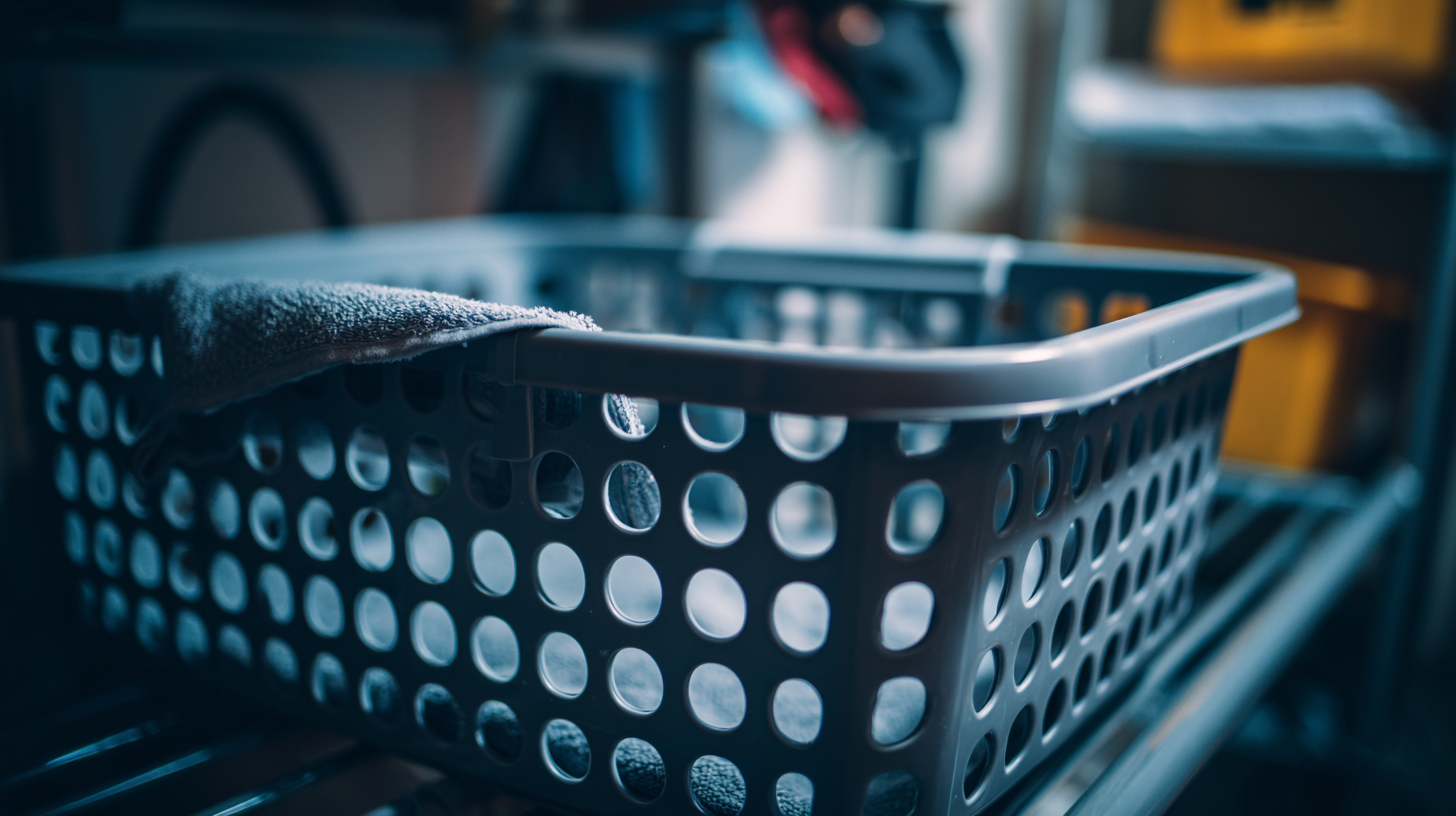
But truth be told, users often run into some common issues with Plastic Basket Washing Machines, like not cleaning stuff thoroughly enough or facing mechanical glitches. These problems can really slow things down and hurt productivity. Fixing these issues isn’t just about making the machines work better—it also helps boost hygiene standards, which is super important for industries with strict cleanliness rules. In this blog, we’ll take a closer look at those typical problems and share some tips on how to keep your Plastic Basket Washing Machines running smoothly and efficiently.
Common Problems Encountered with Plastic Basket Washing Machines
Plastic basket washing machines have really become a go-to in lots of households these days, mainly because they're lightweight and easy on the wallet. But, honestly, many folks run into some pretty common issues that can mess with how well they work and how long they last. One of the biggest complaints I hear about is not getting your clothes quite as clean as you'd like — mainly because of low water pressure, which can leave detergent spots on your shirts or pants. Interestingly enough, a recent industry report says nearly 30% of people face this problem, so it’s a pretty widespread thing. It just goes to show how important it is to make sure your machine’s installed properly and maintained regularly.
A simple tip? Keep tabs on and clean out those inlet filters now and then. That way, you’ll make sure your machine gets enough water to do its job — really, this little step can make a surprising difference when it comes to getting your laundry spotless and helping your machine last longer.
Another thing I hear quite often is the plastic basket itself starting to wear out over time. Cracks or warping can happen, which obviously isn't great. Experts usually say that loading your laundry correctly can help prevent this kind of damage — overloading the machine isn’t just bad for cleaning performance, but it also increases the risk of breaking the basket or other parts.
A quick tip here: Always double-check your washing machine's manual for the maximum load it can handle. If you stick to that limit, you'll be helping keep your basket in shape and your clothes coming out clean without any hassle.
Understanding Plastic Basket Durability: Key Performance Metrics
When we're talking about plastic baskets used in washing machines, it's pretty important to get a sense of how durable they actually are—both for folks buying them and manufacturers making them. Honestly, how long these baskets last and how well they perform really depends on a bunch of things like what kind of plastic they’re made from, how you use them, and how you take care of them. From what I've seen in industry reports, materials like high-density polyethylene (HDPE) and polypropylene (PP) are the go-to choices because they handle impacts and chemicals pretty well. A recent study by the International Council of Plastics even suggests that if you treat these baskets right, HDPE ones can last up to 15 years—making them a pretty smart, budget-friendly pick for most households.
Plus, other factors like how resistant they are to wear and tear, and how much weight they can handle, really matter when it comes to how well these baskets work. For example, a study by the European Plastics Converters (EuPC) found that typical washing machine baskets can usually handle around 5 to 10 kg of laundry without a hitch—pretty important for making sure your machine runs smoothly. Some testing shows that baskets made from specially engineered plastics might actually last 20 or even 30% longer than standard ones when used under similar conditions. So, knowing all this stuff before you buy can really help you make a smarter choice and, in the end, be happier with your purchase.
Water Consumption Rates in Plastic Basket Washing Machines
When you're looking into plastic basket washing machines, one of the first things you probably wanna check out is how much water they use. I mean, from what I've seen in recent industry reports, traditional washing machines often guzzle down anywhere between 30 to 50 gallons per load — pretty hefty, right? But these newer plastic basket models are designed to be way more efficient. They typically use just 15 to 25 gallons for a load, which is a pretty big drop. Not only does this help save water — which is so important these days — but it also means your utility bills can stay a bit lower, so it's kinda a win-win.
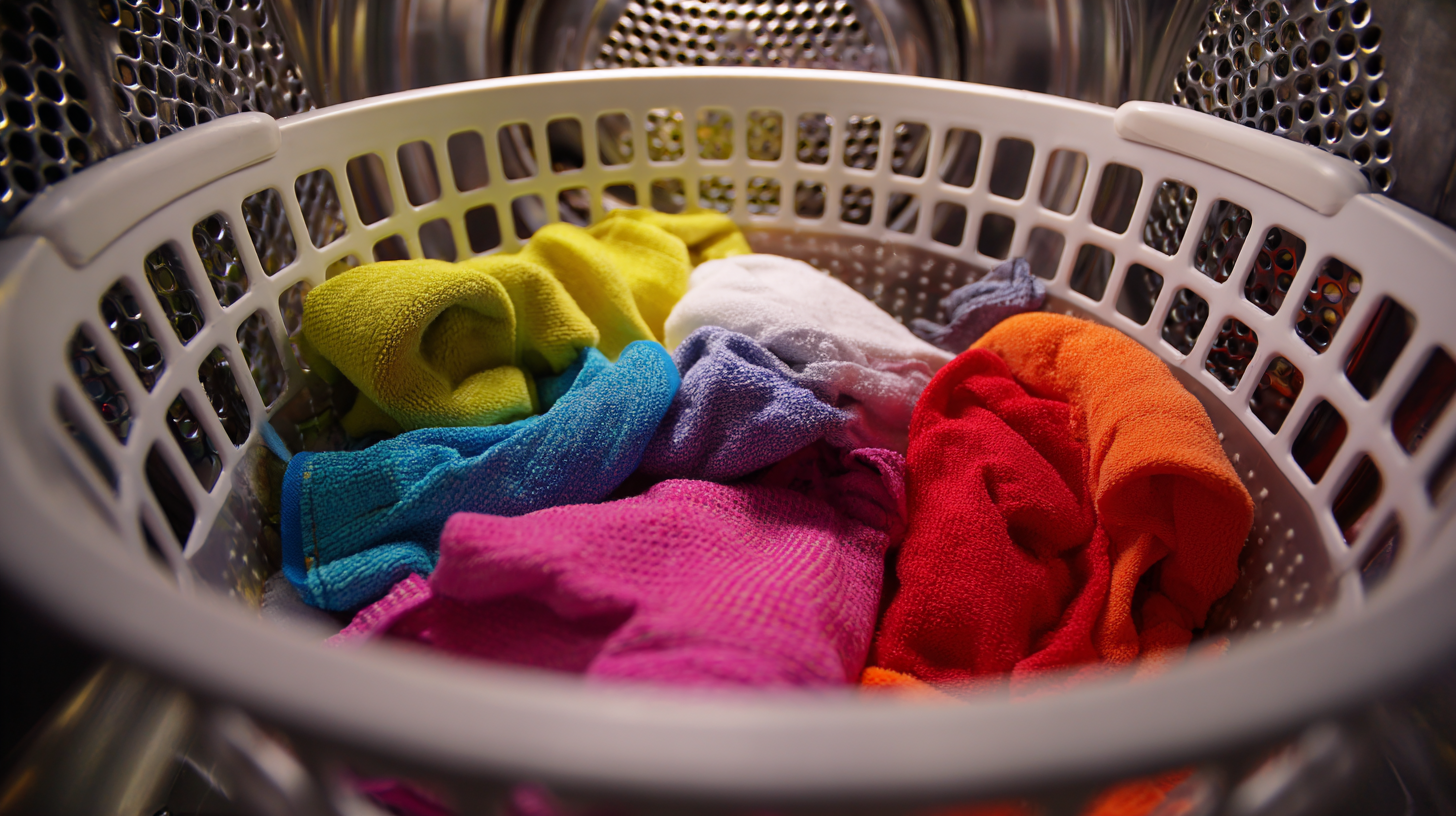
Plus, tech has come a long way. Some of the newer machines include sensors that can actually adjust water usage depending on how big the load is and what kind of fabric you're washing. According to the Energy Efficiency Program, some of these latest models can tweak their water intake by up to 50%, making sure you're not wasting a drop. That's especially crucial in areas where water is scarce — every little bit counts, right? So, choosing a plastic basket washing machine isn't just good for your wallet, but it's also a pretty eco-friendly move if you're trying to cut down your environmental footprint while still getting your laundry done properly.
Energy Efficiency Standards for Plastic Basket Washers Explained
When it comes to plastic basket washing machines, energy efficiency isn’t just some fancy buzzword — it’s a pretty big deal for both manufacturers and folks buying these machines. Did you know that, according to the U.S. Department of Energy, appliances make up around 13% of how much energy an average household uses? Crazy, right? That’s why sticking to energy-saving standards isn’t just about saving money on electricity bills; it’s also about doing our part for the planet. The Energy Star program, for example, sets clear rules — like pushing washing machines to be about 20% more efficient than the basic models. This is especially important in industries such as food and beverage production, where companies like Shandong Kexinde Machinery Technology Co., Ltd. have to find the sweet spot between top-notch performance and being eco-friendly.
Talking specifically about plastic basket washers, making them energy-efficient really impacts how well the whole food processing setup works. The folks at the International Standards Organization say that smart, efficient washing can cut water use by up to 40%, all while keeping things super hygienic — which is a must in food manufacturing. For manufacturers like Shandong Kexinde, investing in clever designs and new tech isn’t just about ticking boxes for regulations; it also helps extend the lifespan of their equipment. Plus, it’s aligned with global trends these days — more sustainability, less waste — which means these companies can stay competitive as the market keeps evolving and getting greener.
Energy Efficiency Ratings of Plastic Basket Washing Machines
This chart displays the distribution of energy efficiency ratings among different models of plastic basket washing machines. As illustrated, the majority of models available on the market are rated A+++ and A++, indicating a high level of energy efficiency.
Maintenance Issues: Common Repairs and Their Costs
Let's talk about maintaining those plastic basket washing machines — they’re pretty handy, but they do have a few common issues that can turn into some costly repairs if you're not careful. Based on recent home maintenance cost data, you might find yourself shelling out anywhere from about $150 to $300 each time you need a repair in 2025. So, knowing what to watch out for and how to handle minor problems early on really helps with budgeting and planning ahead.
One of the most common headaches? Drum damage. Over time, the plastic can get scratched or even crack, especially if you’re not gentle or if something goes wrong during a wash cycle. Fixing or replacing the drum can get pricey — usually between $200 and $600, depending on how bad the damage is and what model you have. Then there’s the motor — sometimes it acts up, which can add even more to your repair bill, averaging from about $250 up to $800. But here’s the good news: regular maintenance, like checking for blockages or making sure you're using the machine correctly, can seriously lower your chances of needing those costly repairs.
Given that repair costs are going up, it's even more reason to be proactive. Routine check-ups and cleaning sessions don’t just keep your machine happy — they can extend its life and help you dodge those surprise expenses. Putting a little time and effort into proper upkeep can save you quite a bit in the long run, making sure your washer keeps running smoothly without breaking the bank.
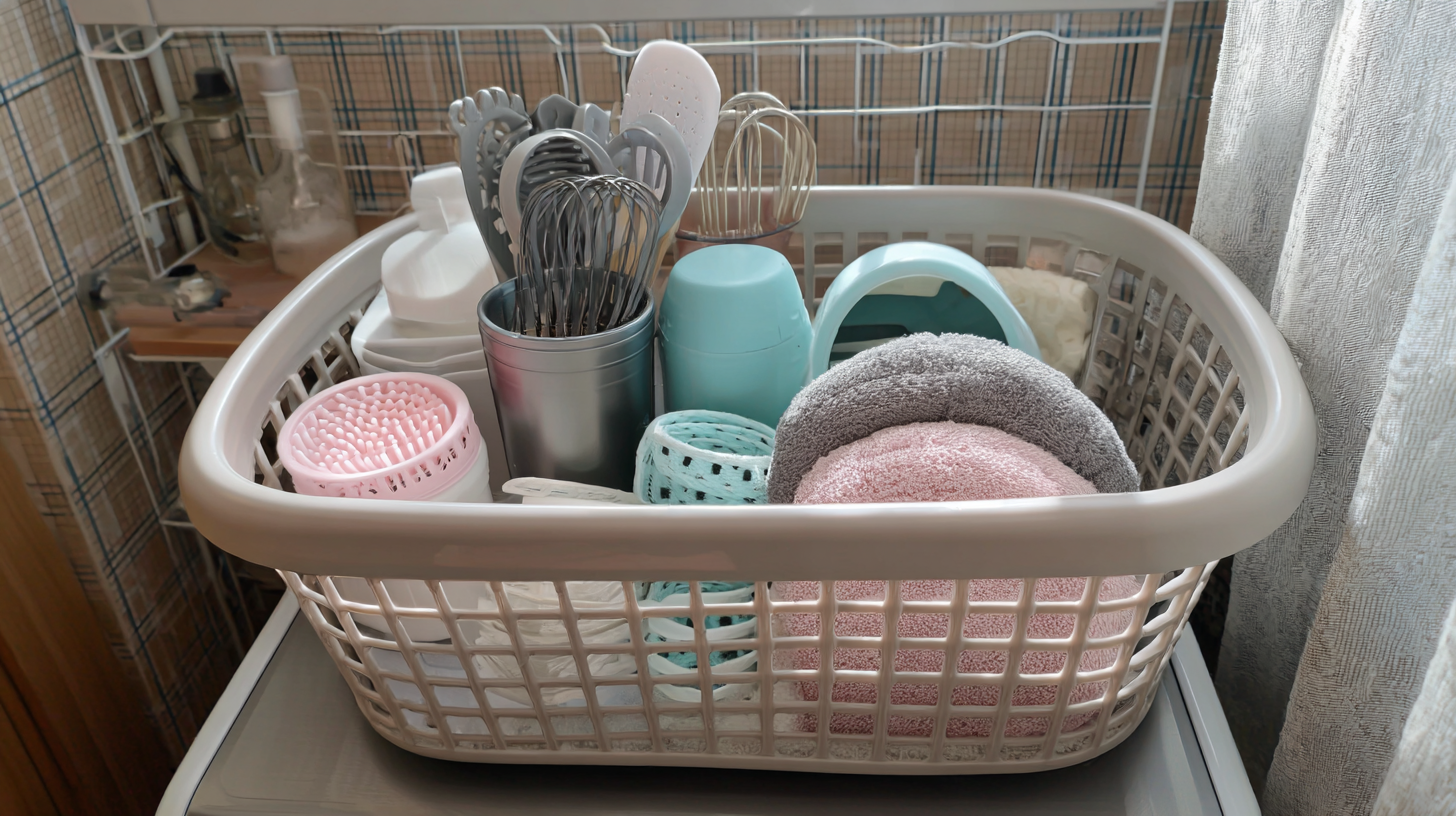
User Feedback Trends: Satisfaction Levels and Complaints Analysis
So, when we look at what users are saying about plastic basket washing machines, there's a pretty mixed bag of opinions. A recent survey by Industry Insights found that about 68% of folks are actually pretty happy with how their machines perform — they like the efficiency and ease of use. But, at the same time, around 27% have run into issues with the plastic parts not holding up over time. Things like cracking or warping are pretty common complaints, which obviously affect how long the machine lasts and how users feel about it overall.
Then there’s the noise level — a lot of people, roughly a third of respondents, aren’t too thrilled about how loud the machines get during operation. That’s often a trade-off — you want a machine that’s fast and affordable, but no one wants a noisy, annoying appliance in their kitchen or laundry room.
On top of that, about 15% of users have raised concerns about water staying trapped inside the plastic baskets, which raises questions about cleanliness and hygiene.
All this feedback is super valuable for manufacturers. It really highlights what needs fixing if they want to make more durable, quiet, and user-friendly plastic basket washers that actually meet what people expect and need from them.
Revolutionizing Hygiene: The Role of Industrial Plastic Pallet Basket Washing Machines in Food Safety
In the realm of food safety, hygiene cannot be compromised. Industrial plastic pallet basket washing machines are revolutionizing how food manufacturing facilities maintain cleanliness, ensuring that the safety of products remains a top priority. Constructed from high-quality 304 stainless steel, these machines offer a sanitary solution designed to meet the demanding standards of the food industry. Their robust design guarantees durability while providing an easy-to-clean surface that minimizes contamination risks.
The ingenuity of these washing machines lies in their comprehensive cleaning capabilities. Equipped with adjustable nozzles made from food-grade, high-temperature resistant materials, they effectively target every corner of each basket. With a high-quality stainless steel hot water pump and stepless adjustable motor speeds, these machines can cater to various washing durations, accommodating different operational needs. Additionally, the adjustable guardrails allow for the secure positioning of crates of various sizes, while the top shower pipe can be modified in height, accommodating baskets of all dimensions.
Furthermore, these machines incorporate advanced heating options, including steam heating and electric heating, both with automatic temperature control. This feature not only optimizes cleaning efficiency but also ensures that water is maintained at the optimal temperature for effective sanitization. As food safety regulations become more stringent, adopting such innovative washing solutions is essential for food processors striving to uphold the highest standards of hygiene.
FAQS
: A common problem is inadequate cleaning due to low water pressure, which can leave detergent residues on clothes.
Regularly check and clean the inlet filters to ensure there is sufficient water flow to the machine.
The plastic basket can develop cracks or warps over time, compromising its structure.
Always refer to your washing machine's manual for the recommended load capacity and avoid overloading the machine.
Approximately 68% of users expressed overall satisfaction with the performance and efficiency of their machines.
Around 27% of consumers reported issues related to the durability of plastic components, which can lead to problems such as cracking and warping.
About 32% of respondents indicated dissatisfaction due to excessive operational noise.
Approximately 15% of users pointed out problems with water retention in plastic baskets, raising hygiene concerns.
User feedback provides insights into common problems and user expectations, which can guide manufacturers in developing more robust and efficient machines.
Related Posts
-

Unlocking Efficiency in Warehousing with the Best Automatic Pallet Washing Machine Insights and Strategies
-

7 Essential Tips for Choosing the Best Automatic Potato Chips Machine for Your Business Growth
-

Advantages of Using the Best Tray Washer for Your Business
-

Challenges Faced by Businesses Without a Best Industrial Pallet Washer
-

7 Essential Tips for Sourcing the Best Breading Equipment for Your Factory
-
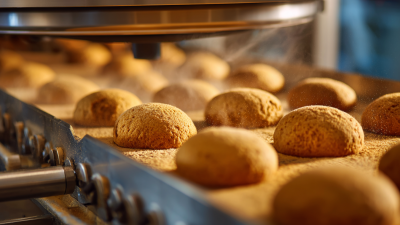
Solutions for Sourcing the Most Efficient Breadcrumbing Machines Worldwide
Blog Tags:


